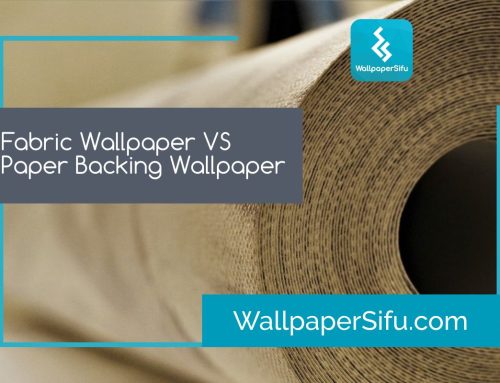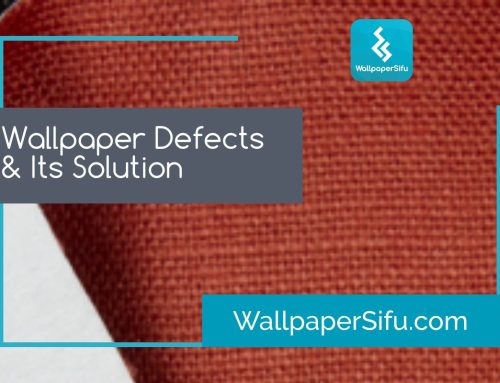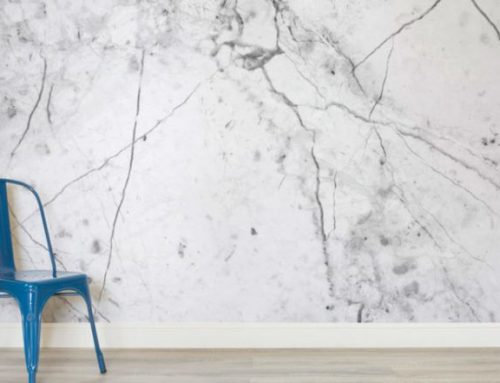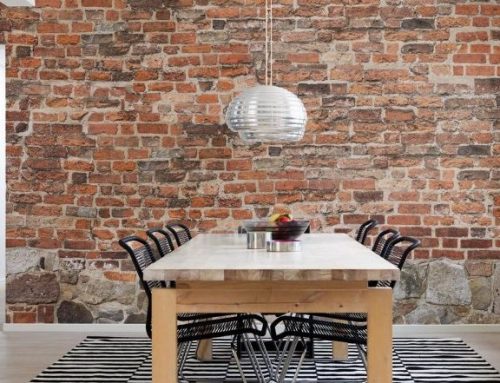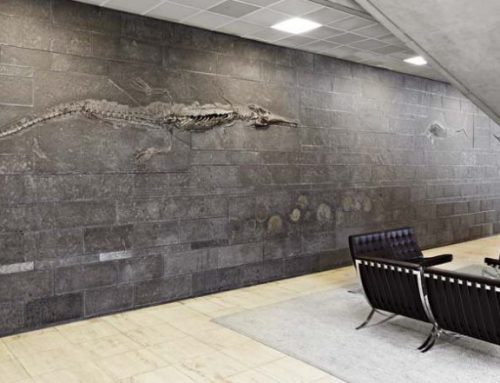Wall sealer is a type of coating that is applied to walls and other surfaces to create a protective layer for the wall.
It is like paint, but it is not a paint. Wall Sealer is made of water-based styrene acrylic.
When the sealer is dry, it will form a thin elastic rubbery film on the wall surface to prevent moisture, stains, and other types of damage to the wall. Unlike paint which will forms a hard chalky coat.
Cementitious wall is porous, the moisture will permeate from one side of the wall to another side of the wall. If the wall is untreated, this moisture will cause issue to the wallpaper.
The sealer penetrates into the pores of the surface and creates a barrier that repels water, oil, and other substances. This helps to prevent the growth of mold and mildew, as well as reduce the likelihood of stains and discoloration.
The Function of Wall Sealer
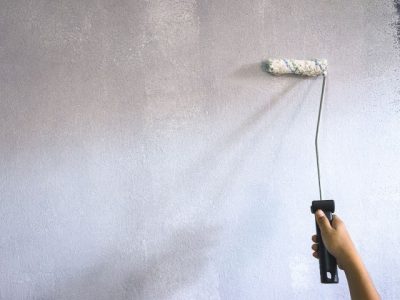
With sealer, you will get a uniform coat and a good wall foundation for the wallpaper to put on. Otherwise, wallpaper may lose its gaze in some time.
Without sealer, it may bring many challenges in the future like below:
8 Reasons Why You Should Apply Sealer Before Wallpapering the Wall
1) Sealer Strengthen the Paint and Prevent Wallpaper Peel Off
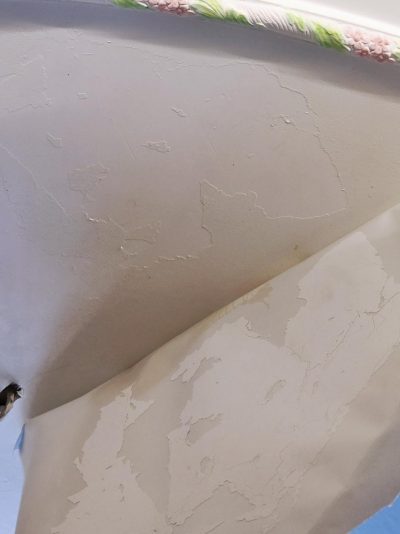
If the wall is not properly treated and sealed, attaching wallpaper on the wall may cause pressure to the paint and cause the paint to peel off. Especially if the paint lacks strength, it will not be able to hold the wallpaper for long. You cannot install the wallpaper on this type of paint. There are chances the wallpaper may fall down earlier than expected.
The sealer provides good treatment to the wall. It will strengthen the paint to prevent it from peeling off. This make the wallpaper last much longer.
Above photo is the evidence of paint detached from the wall, if this issue happen, you may need to change the whole new wallpaper.
2) Sealer Prevents Moisture from Affecting the Walls
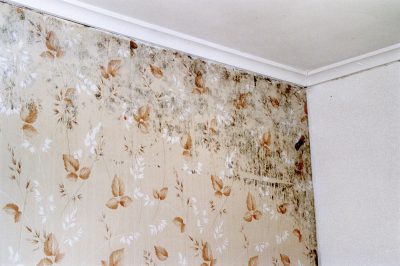
Cement is a very porous substrate, it can absorb moisture from the back of the wall and bring them to the wallpaper wall. Ultimately, it causes peeling of wallpaper, the paint comes out and make the wallpaper turns yellowish. Moisture also help in the growth of mildew.
The sealer is essential to seal the wall. It covers the porous surface and prevent moisture seeping to the wallpaper wall surface. This is especially crucial for some areas like the wall attached with the bathroom and kitchen.
Besides, old walls usually have many pores and cracks. Sealer fills up all the little spaces in the walls. It ensures a smoother surface. It prevents moisture from affecting the wall.
Thus, if you are thinking about installing the wallpaper, sealers are necessarily required.
3) Sealer Provides Ultimate Protection to the Wall
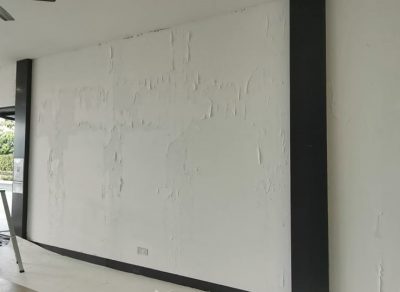
Sealer does not only protect the wallpaper, it protects the walls as well.
Even if you apply the sealer on the damaged wall, it will regain its strength. It acts as a barrier to the wall from external factors like UV light, rain, etc.
Sealers seal the wall porosity and prevent the moisture from soaking in the wall, this prevent mildew grows on the wall.
Besides, sealer will form a thin protective film on the wall, so the wallpaper adhesive is not directly attaching to the concrete wall. If you want to remove the wallpaper one day, with a layer of sealer protection, you do not worry it will hurt your cement wall.
Refer to above photo, you can see the sealer film remaining on the wall after the removal of wallpaper. Those are the film that protects your wall from damaging. The film is elastic, you can easily scrape the wall to remove the film.
4) Sealer Sustains Wallpaper and Make it Last for Many Years
If you do not apply the sealer, the porous cement is likely to absorb moisture from the source.
The moisture will re-wetting the dry adhesive glue, making the adhesive become diluted. Since the adhesive is weaken, it will lead to its dropping.
Again, sealers act as barriers and do not let moisture affect the adhesive quality.
5) Sealer Makes the Removal of the Wallpaper Easy
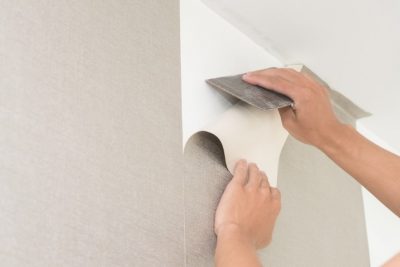
Now you want to change your décor theme, you want to remove the wallpaper, but the peeling of the wallpaper may adversely impact the wall. It will make it even chalkier if the walls were damaged earlier.
However, if you had applied sealer before installing the wallpaper, there is no problem. Sealer makes the removal of the wallpaper a lot easier. Just strip the wallpaper; the sealer will also come out with it.
This way, your wall will be saved from damage. But if you had tugged the wallpaper upon the cement wall, you would probably end up tearing the cement as well, you will need to do skimming of walls, which will cost you more.
6) Sealer Reduces Many Defects of the Wallpaper

If the wall foundation is weak, you may have to face many issues after installing the wallpaper. The most common ones are peeling, tearing, bubbles, and wrinkles.
The porous cement surface area tends to absorb the adhesive paste applied to wallpaper. Once the specific spot adhesive is absorbed, it forms the little voids that do not go even after the adhesive is dried. If this happen, you need to re-engage your installer coming back to do the touch up.
To avoid such issues, you need a well-prepared wall. The application of sealer minimizes such problems to a great extent and save you a lot of time and hassle.
7) Sealer Increases the Elasticity of Wall to Prevent Environment Factors
Sealer helps to save the wallpaper from environmental factors like temperature change, humidity, etc.
The temperature change can also affect the wallpaper. It may lead to shrinkage or expansion.
Sealer forms a protective film coating and provides elastic cushion for the wallpaper, it absorbs the pulling and expansion force of the wall, so the wallpaper won’t be stretched too much.
This will minimize the peel off issue due to the shrinkage or expansion tension applied to the wallpaper.
8) Sealer Reconditions the Wall and Lays a Strong Foundation for Your Wallpaper
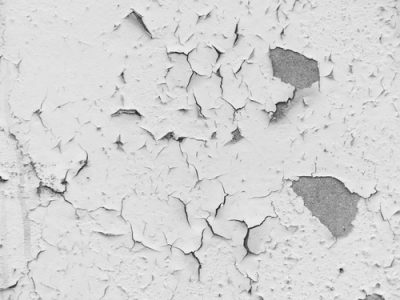
Sometimes, you will find some powder-like dust falling from the wall. It could be cement or the old paint itself.
It becomes difficult to install the wallpaper on such a surface. If you forcibly install wallpaper, it may also fall off. Sealer gives the walls the desired treatment by reconditioning them. It seals and binds the chalky surface and improves the adhesion power of the wall.
Sealers are also highly effective against hairline cracks and holes. It will ensure a clean and smooth surface for whatever you want to apply.
7 Steps of Applying Wall Sealer?
A sealer gives your walls a uniform and stunning appearance. So, here are the 7 steps to apply the wall sealer successfully. When everything is in order, the wall becomes attractive and glorious.
1) Preparation of Space
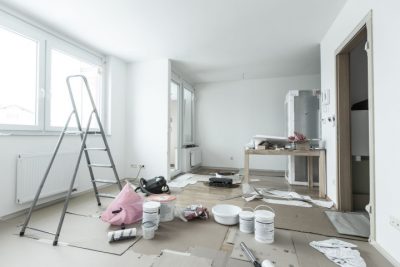
For any task, space is required. Remove all the stuff kept near the wall. Another thing you should do is protect the objects in the room. Move the movable items to some other area, this is to prevent sealer accidentally spilled on the items. Cover the immovable items with a plastic sheet. For the floor, a drop cloth would be helpful. Even it does spill on your goods, no worry on this, sealer is water base acrylate, it can easily be removed with damp cloth.
2) Scraping of Flaking Paint

Use a paint scraper to scrap the flaking paint. Remove every bump, drip, or painted molding. The ultimate goal is to make the wall smooth.
3) Sanding of the Surface
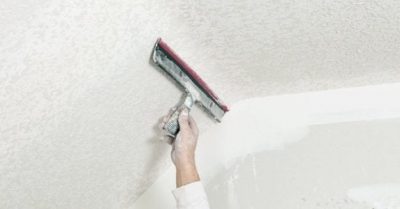
Scraping causes the wall surface to turn uneven. After scraping, you will see the crinkles and edges. Sanding smoothens the surface. You can do this with the help of a pole sander with grit paper. Further, you have to clear the dust.
4) Filling Small Cracks and Holes
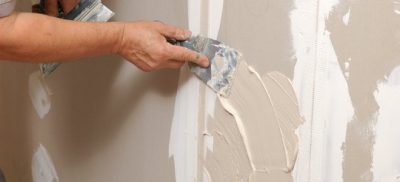
You have to look for the wall’s gaps, cracks, and holes. If found, immediately fill them up. You can fill these little spaces with the help of putty or gypsum. This requires an appropriate amount of time and patience.
5) Cleaning of the Wall
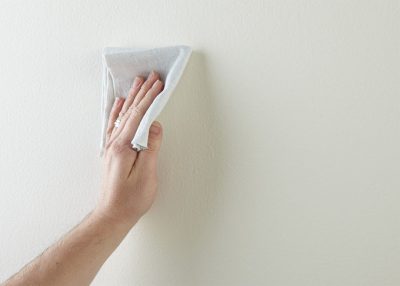
Now, it is time to clean the wall. You will have to remove the dirt, dust, and grime. Cleaning increases the adhesion power of the paint to the wall.
6) Applying the Sealer
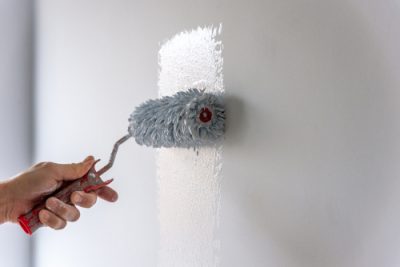
After the cleaning, the sealer is used to cover the porous surface. Apply the sealer over the wall. This will make the surface uniform and ready for wallpapering. Sealer takes about 1-2 hours to dry.
7) Installing Wallpaper
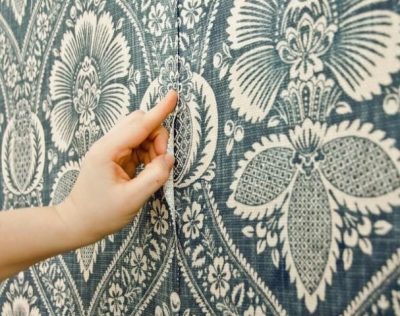
After the sealer is dry, the wall are well treated and prepared, you can start wallpapering it now. You should hire a professional for this work. Otherwise, there can be some issues like pattern mismatch, bubble formation or damage of wallpaper during installation.
The Bottom Line
Application of sealer could be a cost-effective decision for you, it comes with a pack of benefits. It fills the cracks and holes. It boosts the wall’s strength and protects it from further damage.
Sealer reconditions the walls and protect your wall and wallpaper from environment factors.
To minimize future wallpaper defects, you should always apply sealer before wallpapering your wall.

